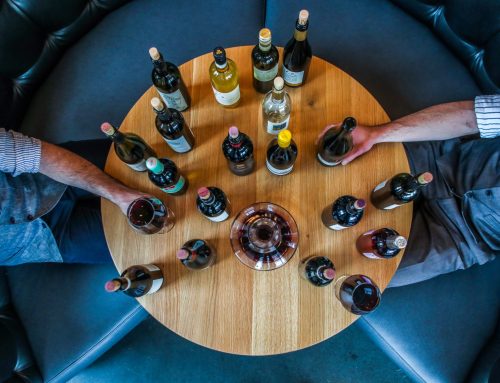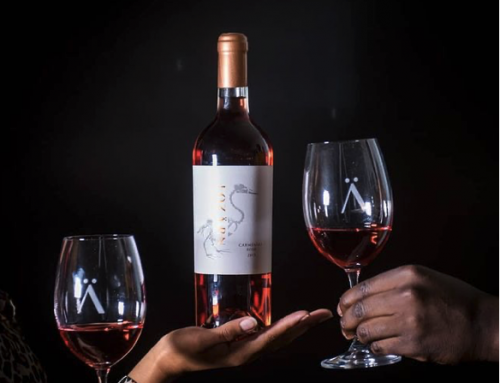Parasocial Interaction (PSI) is not a new word. It dates back to the 1950’s, and has been used in various contexts with positive and negative impact. It is essentially a one-sided relationship between a media personality where members of the audience identify so strongly with the persona that the relationship feels very intimate and very real.
The Urban Dictionary describes it today as “A buzz word being used to refer to creators and influencers forming or encouraging unhealthy relationships with their fans. Usually used in the context of young audiences feeling they have a relationship with the influencer due to the huge amount of the influencer’s content they consume.”
The more personal interaction that exists on social media channels makes these interactions all the more intense, all the more galvanizing. We’ve witnessed the violent nature of these relationships from the Capitol riots to the Astroworld mob scene in 2021. We’ve also witnessed the positive impact of the friction ignited by climate change crusader Greta Thunberg.
We do not have these “superstar” personalities in the wine world, but neither are we immune to the effects of the parasocial that tend to close us into tight-knit tribes.
There is positive in our tribes. A sense of belonging and identification can become a valuable form of learning, and a catalyst for change.
There is also a negative, polarizing effect in the dynamic of parasocial interactions. How many times have I read wine communicators asking people to leave their community? For or against, no in between. Or the scathing comments and ridicule of those who are not on the right side of a wine topic? Communicators berating brands. Communicators berating each other. And to what extent does this send each of us down a rabbit hole that impedes our view of a broader perspective, and a constructive consideration of different viewpoints? After all, we are all in this for the good of the wine sector.
We must ask ourselves who are we alienating with our polarizing views? And what if we spent more of our time reaching consumers?






Scrivi un commento